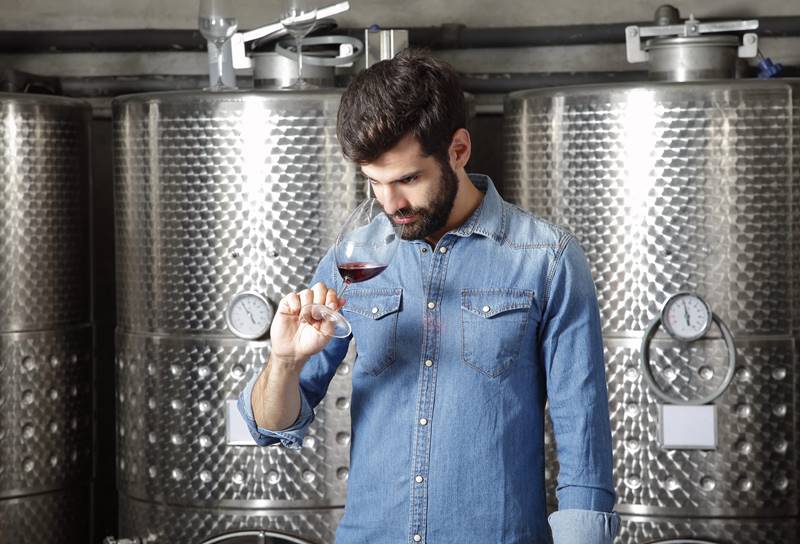The Critical Role of Yeast in Winemaking
How yeast influences flavor, fermentation, and the future of wine

In the intricate ballet of winemaking, where art meets science, yeast plays a pivotal role—a fact that was only unraveled towards the late 19th century by none other than Louis Pasteur. This discovery underscored the transformative power of yeast in the alchemical process that turns mere grape juice into wine, a beverage cherished worldwide for its complex flavors and rich history.
Yeast, in the winemaking context, is far more than a single entity. It encompasses a diverse group of single-celled fungi, primarily from the Saccharomyces genus, which orchestrate the alcoholic fermentation process. Among these, Saccharomyces cerevisiae reigns supreme due to its ability to efficiently convert sugars into alcohol and carbon dioxide, thereby crafting the soul of the wine.
What makes yeast even more fascinating is its contribution to a wine's organoleptic properties—the flavors, aromas, and textures that dance on the palate. This isn't merely about fermenting sugar; it's about creating a symphony of secondary metabolites that define a wine's character. Each strain of Saccharomyces cerevisiae, and there are many, can yield a different profile, making the choice of yeast a critical decision in the winemaking process.
Microflora and Terroir
The concept of terroir—that mystical combination of soil, climate, and human touch—extends into the microscopic world. The native yeasts residing on the grape skins and within the vineyard play a crucial part in crafting wines that are a true expression of their origin. This notion of "wild fermentation" using indigenous yeasts adds another layer to the complexity of wine, offering a unique identity that can't be replicated elsewhere.
However, relying solely on these native inhabitants can be a gamble, as environmental factors might not always favor their proliferation. Hence, the use of selected yeast strains becomes a safeguard, ensuring consistency and avoiding the pitfalls of a fermentation process left too much to chance.
The journey from grape to wine is fraught with potential hurdles. High sugar levels, for instance, can lead to stuck fermentations or unbalanced wines, while the wrong temperature can either stall the process or push it into overdrive. Then there's the issue of nutrition—yeasts need more than just sugar to thrive. A deficiency in assimilable nitrogen, for instance, can lead to sluggish or incomplete fermentations.
In navigating these challenges, winemakers have at their disposal an arsenal of yeast strains, each selected for their ability to perform under various conditions and contribute desired characteristics to the final product. This selection process is not just about avoiding fermentation faults; it's about sculpting the wine's final profile, from its aroma and flavor to its mouthfeel and longevity.
As our understanding of yeast and its myriad interactions within the winemaking process deepens, so too does our ability to influence the outcome. The exploration of wild yeasts, the development of new strains, and the fine-tuning of fermentation conditions are all avenues through which winemakers can enhance the complexity and diversity of their wines.
In this ongoing dialogue between science and nature, yeast remains at the heart of winemaking, a testament to its enduring role in transforming the humble grape into a drink that captivates and delights. As we continue to explore the boundaries of what yeast can do, we're reminded of the blend of tradition and innovation that defines the art of winemaking—a dance of elements, guided by the invisible hand of yeast.
Founded in 2007, Vinetur® is a registered trademark of VGSC S.L. with a long history in the wine industry.
VGSC, S.L. with VAT number B70255591 is a spanish company legally registered in the Commercial Register of the city of Santiago de Compostela, with registration number: Bulletin 181, Reference 356049 in Volume 13, Page 107, Section 6, Sheet 45028, Entry 2.
Email: [email protected]
Headquarters and offices located in Vilagarcia de Arousa, Spain.